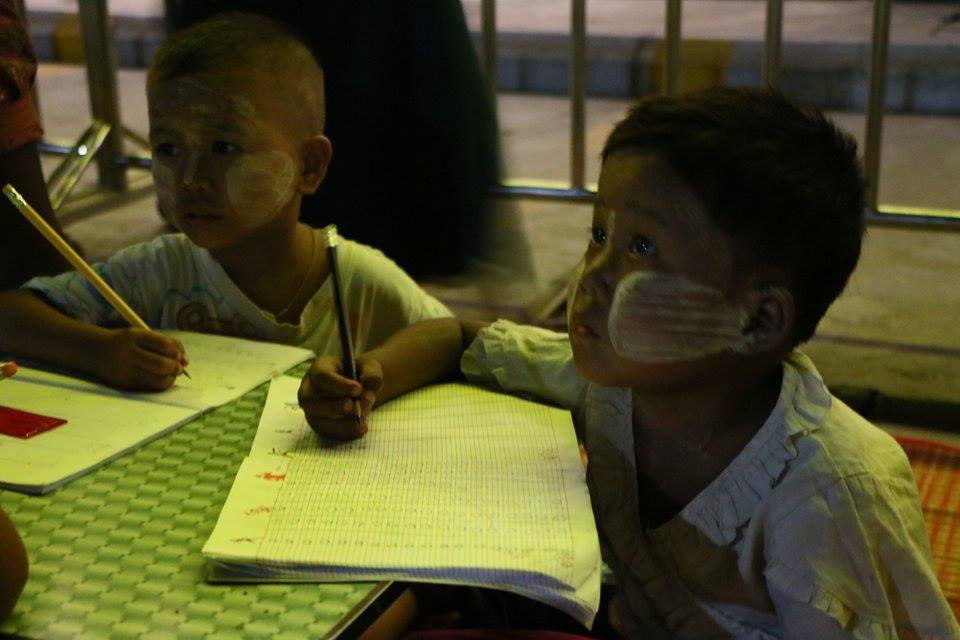Burmese Education Minister Dr Khin San Yee announced last week at an educational seminar in Rangoon University that 110 billion kyat (US$110 million) is to be allocated for educational reforms.
She said that the Ministry of Education will appropriate a budget for the fiscal year 2015-16 to: improve the status of schools in the border region; to set up kindergartens and preschool classes in remote areas to enforce compulsory education; and to set up digital libraries.
Of recent, the government has received much flak for neglecting a crumbling education system. Education, especially in the rural areas, is in dire need of reforms, including an infrastructural upgrade, increases in teachers’ salaries, and investment in adequate training facilities for teachers. Many critics and teachers within the Burmese education sector have blamed the low education budget as a leading factor in causing such a sub-standard quality of education.
Political instability and civil war exacerbated the problem. In ethnic regions, conflict has frequently caused schools to close. In internally displaced persons (IDPs) camps in Arakan and Kachin, children have only minimal access to education.
[related]
This once again widens the education gap between different communities in the country. A senior education coordinator for the IDP camps, Arlo Kitchingman, who works with Save the Children, told DVB that, with government education apparatus not in place in these IDP camps, NGOs have stepped in to provide basic emergency education to the children.
Pressure has been mounting on the Burmese government to focus towards educational reforms as more and more networks have been consistently protesting the draft National Education Bill. Despite Burma being lauded as a country with a high literacy rate – 92 percent – the quality of education was severely affected during the military era.
The compromised level of education affecting Burma’s emergence as a global market player after opening up to international investors and trade partners was reflected in the global competitiveness report of 2014, where the country was ranked at the bottom. “Poor quality education” and “inadequate educated workforces” were listed as major hindrances to business growth.
Economists and global development agencies have also pointed out that human capital must be developed within Burma to accelerate economic growth. The Asian Development Bank’s assistant chief economist, Cyn-Young Park, pointed out in September that Burma will be able to “unlock its full potential” by investing and increasing its spending in education.
In January this year, President Thein Sein pledged to increase the education budget from the allocated 5.43 percent to 5.92 percent for the fiscal year 2014-15. This was followed by plans to implement free middle school education in Burma.



